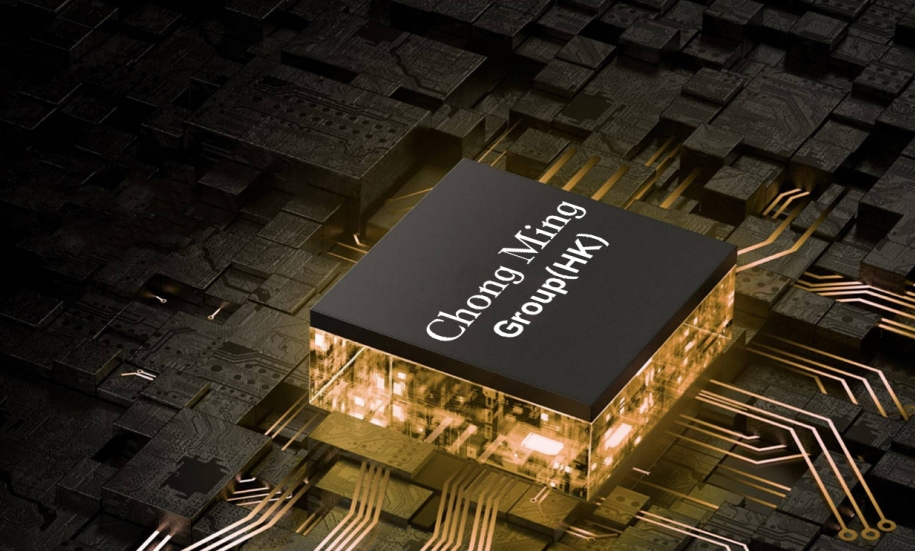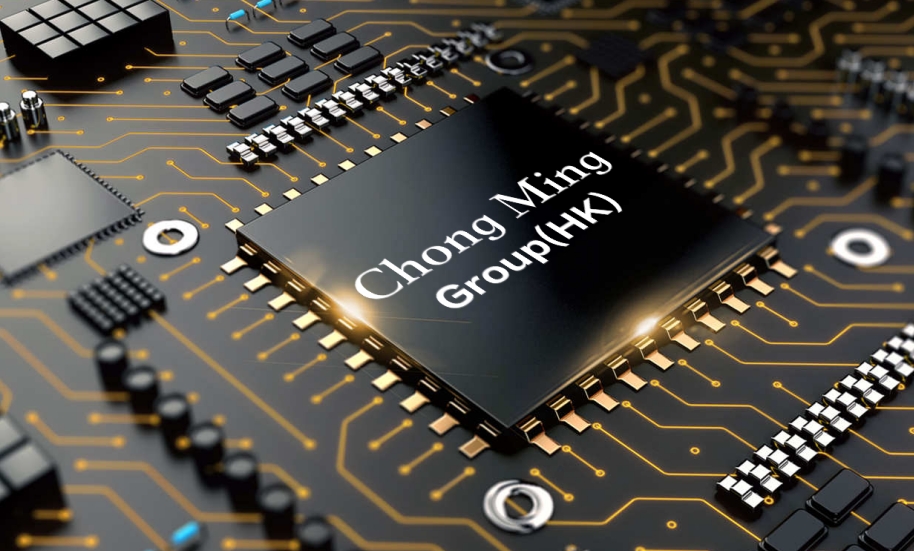
-
 Help you save cost and time.
Help you save cost and time. -
 Provide reliable packaging for your goods.
Provide reliable packaging for your goods. -
 Fast and reliable delivery to save time.
Fast and reliable delivery to save time. -
 Excellent after-sales service.
Excellent after-sales service.
Blog
Part number
Popular parts
Latest parts










